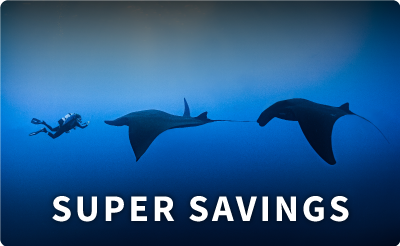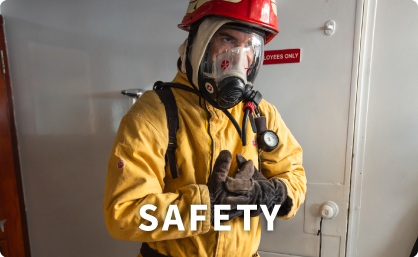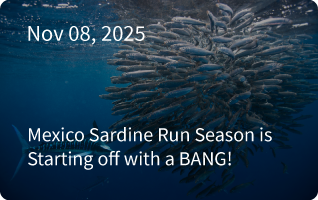Location: Wreck of the Transpac, Butedale, Princess Royal Island, British Columbia
Comments: Yup, I’m talking about the wreck of the Transpac. Had a really easy overnight run up the coast from Butedale. The seas were flat calm so we took the “shortcut” and went straight up the outside. It was lovely and always a real pleasure to watch the sunset from open ocean – especially when it’s flat calm.
The Transpac is big old fishboat that started life as an oil rig supply ship in the Gulf of Mexico. It was brought out to our coast during the heyday of the Alaska King Crab fishery in the mid 1980’s when every steel ship in sight was to be pressed into service. For those fans of the Discovery Channel show “World’s Deadliest Catch,” the Transpac is very similar to the very large crabber that was seen in some Season 1 episodes – it is considerably bigger than most other crabbers.
Anyways, the Transpac was northbound on a dark night when it got tangled up and “t-boned” by the coastal freighter Summer Sea. Rapidly taking on water, the Transpac cut across the channel and grounded out on the shoreline before sinking stern first and sliding downwards towards the bottom, 1500 feet below. The amazing thing is that there is a ledge on the wall 285 feet below the surface and as the ship was sliding down the wall, the stern wedged itself on the ledge and the ship came to a dead stop in a vertical orientation! The stern of the 180ft ship is at 285 feet and the bow is at 110 feet! It’s not often one gets to see a large fishing vessel pinned vertically to a wall! I did one of my most memorable dives ever here when my instructor and I splashed to 285 feet on Inspiration rebreathers. The water was so clear that we could see from the stern all the way to the bow looking straight up towards the surface through a cloud of rockfish swimming around the mast (and no, I wasn’t narc’d!!).
–Captain Mike
Weather: Overcast, rain showers, winds out of the south at 10 knots, calm seas
Water: 47°F, exceptional and beautiful visibility below 50 feet, 15 foot vis in the shallows.








